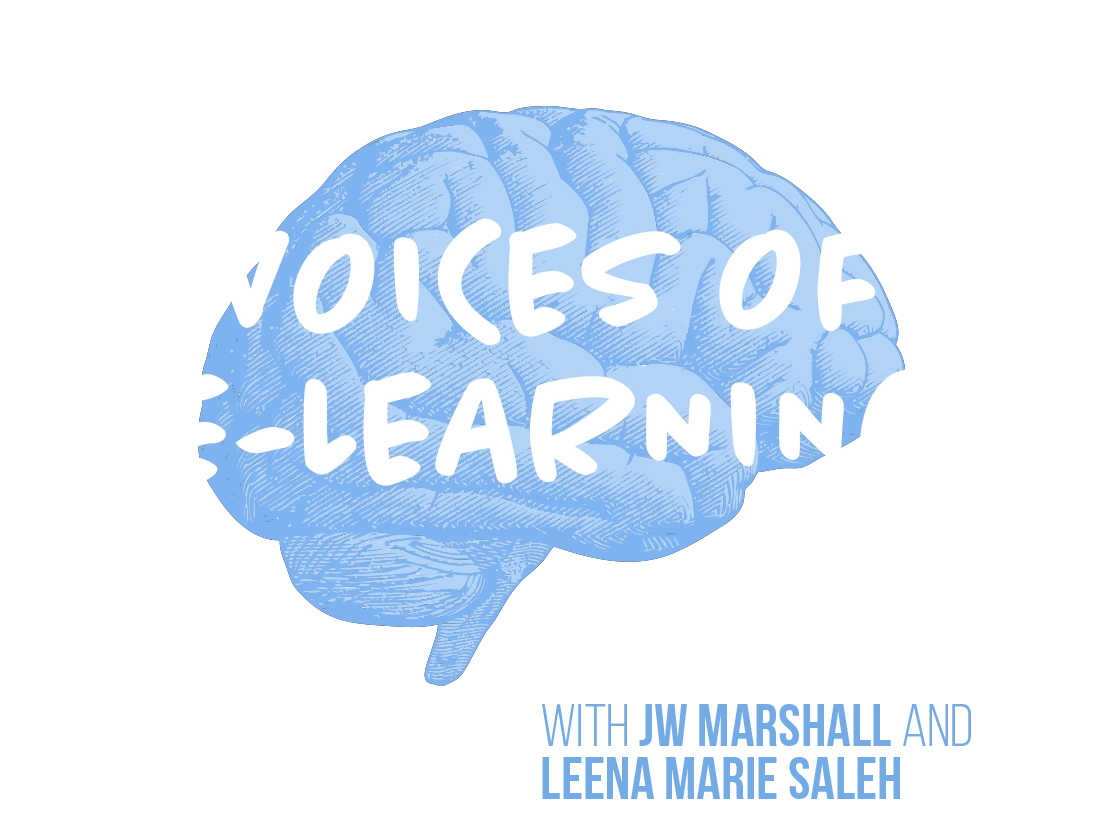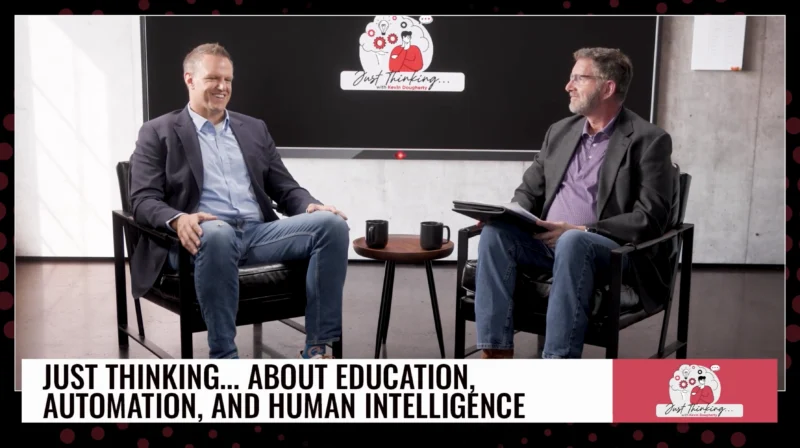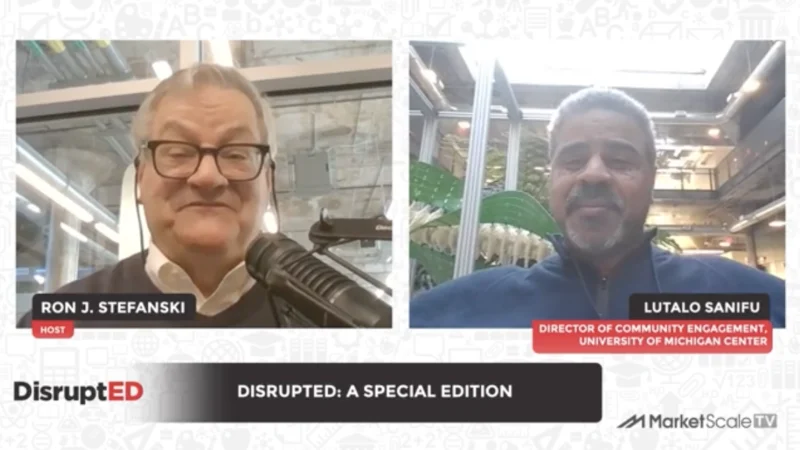New LearnPlatform Report Shows Educators Interact with 86 Different Tools
The pandemic has increased the use of tech-enabled learning in school districts across the nation. This rise in smart technology inside the classroom is here to stay according to Karl Rectanus, Co-Founder and CEO, and Mary Styers, Ph.D. Director of Research both with LearnPlatform, who sat down with Voices of eLearning hosts JW Marshall and Leena M. Saleh.
“On average school districts are accessing more than 1,400 different Ed-tech tools each month,” Rectanus said. “It’s time to modernize learning by building capacity, increasing evidence of what’s working, and informing decision-makers.”
For school districts to conduct the right studies and collect the right amount of data for their circumstances and their environment, they need the evidence to match what their current students look like at the moment. “We’re helping districts to see how it works in their context, so these ‘quantitative’ vs. ‘qualitative’ studies will help them see what the evidence looks like for them directly,” Styers said.
Districts have also come to realize that a minimal amount of surveys that track the Ed-tech systems worked in a time when e-learning wasn’t so vast. But with the rapid pace of technology inside school districts, more is needed to track the vast amount of work produced in the classroom.
LearnPlatform, which delivers ground-breaking tools that assist educators in selecting digital learning products, offers an inventory dashboard to see which products are accessed among students and teachers. “It’s game-changing because that would have taken months previously,” Rectanus said.
What has traditionally been a limited amount of trust in the relationship between providers and school districts, “is now an opportunity to build a partnership that works, so when we have a level playing field as to what counts for evidence and how we are going to share that, it eliminates the tension,” Rectanus said.
This kind of partnership is why LearnPlatform is launching IMPACT-Ready, a certification solution providers can earn by “having a logic model, sharing data privacy agreements and being willing to share usage data for research,” Rectanus said. Because “districts are telling us, they have so many products, if they could get a signal of what has evidence and what has a privacy agreement would save so much time.”
The bridge that LearnPlatform is building among tech providers and educators in creating the future for technology and learning in the classroom.




